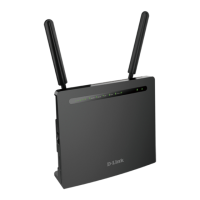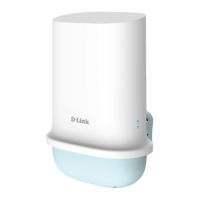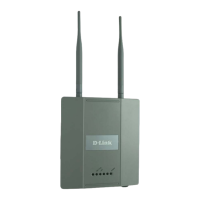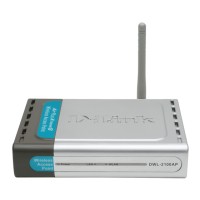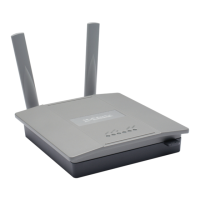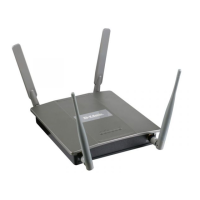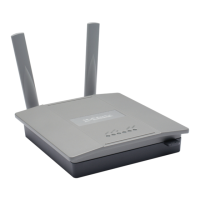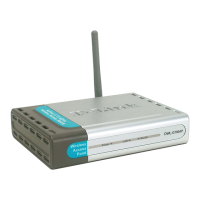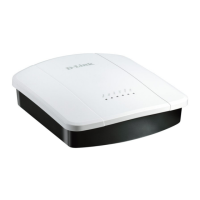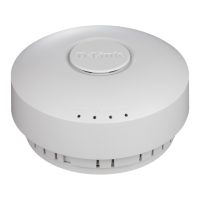D-Link Unified Access System Software User Manual
02/15/2011
Page 34 Document 34CS3000-SWUM104-D10
Figure 7: D-Link Unified Access System Components
As the figure shows, the wireless clients can be laptop computers, personal digital assistants (PDAs), smart phones, or any
other hand-held, portable or stationary device equipped with a Wi-Fi adapter and supporting drivers. In order to connect to
the access point, wireless clients need the software and hardware the following list describes:
• A portable or built-in Wi-Fi client adapter that supports one or more of the IEEE 802.11 modes in which you plan to run
the access point. (IEEE 802.11a, 802.11b, 802.11g)
• Client software such as Microsoft Windows Supplicant configured to associate with the WLAN.
• Wireless security software that is compatible with the authentication mode the access point uses.
WLAN TOPOLOGY CONSIDERATIONS
The D-Link Unified Switch adds WLAN functionality to the base switching and IP routing features standard in most Layer 2/
3 switches. Where you put the D-Link Unified Switch in your network depends on the size, requirements, and existing
topology of your network. If you are adding a wireless network to an existing network, your requirements are different than
the requirements of someone who does not have a sufficient LAN infrastructure.
Since the D-Link Unified Switch has Layer 2/3 switching functions as well as WLAN data and management functions, you
can connect D-Link Access Points, wired PCs, or other network equipment such as hubs, routers, or other switches directly
to the 10/100/1000 Mbps Ethernet ports on the switch. All connections to the D-Link Unified Switch must be wired
connections since the switch does not have any radios.
In <Link>Figure 8, the D-Link Unified Switches are both LAN and WLAN switches that handle traffic from end users
connected to the wired LAN as well as traffic from the D-Link Access Points. In the diagram, Building 1 and Building 2 have
a D-Link Unified Switch on each floor.
Note: The Unified Switch has a built-in DHCP server. If you do not already have a DHCP server on your network,
you can configure the Unified Switch to assign network information to network hosts.
Wireless Clients
AP 2
AP 1
AP 3
Terminal with Direct
Remote Management
RADIUS Server
Station
Unified Switch
Serial Connection
Network
DHCP Server
Syslog Server

